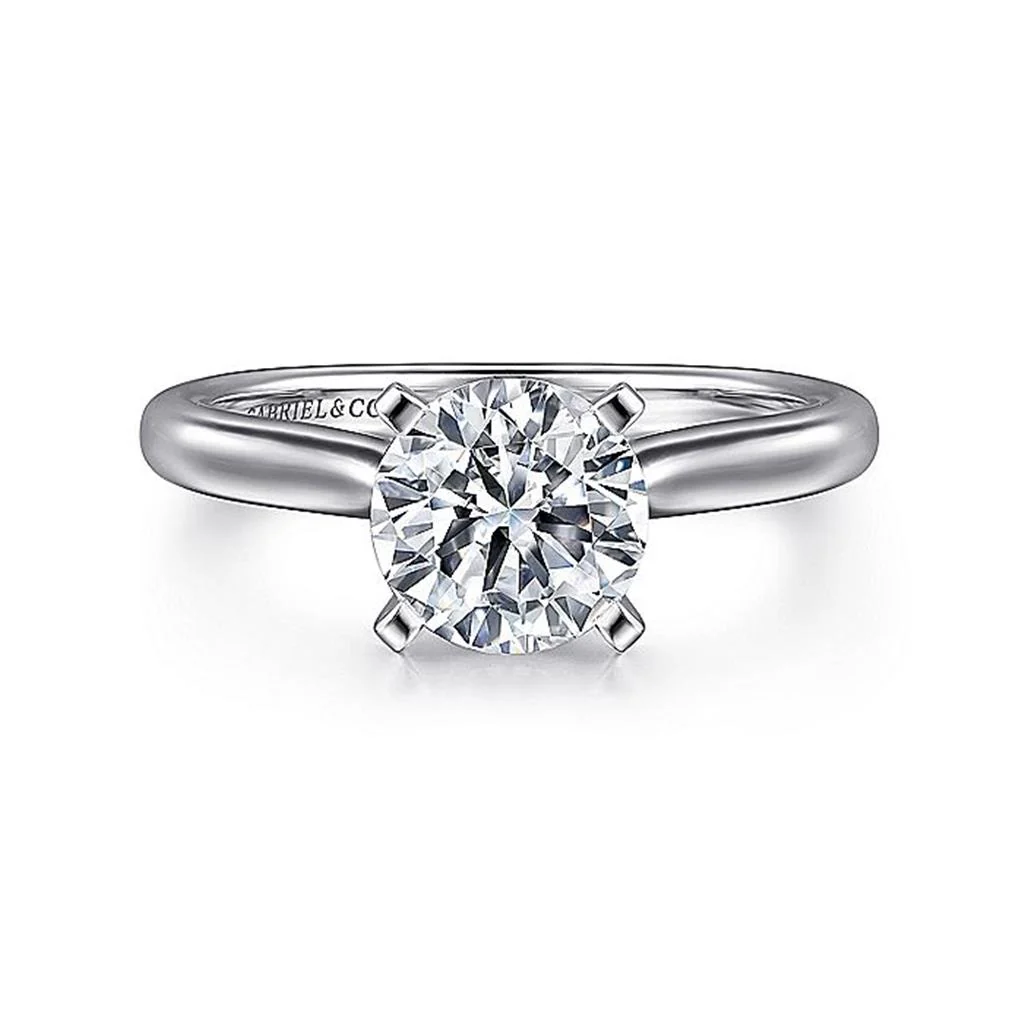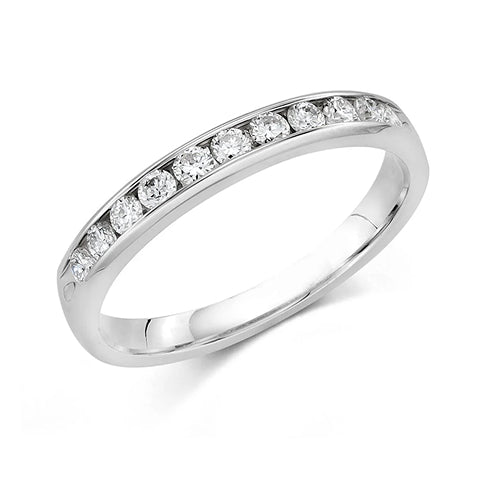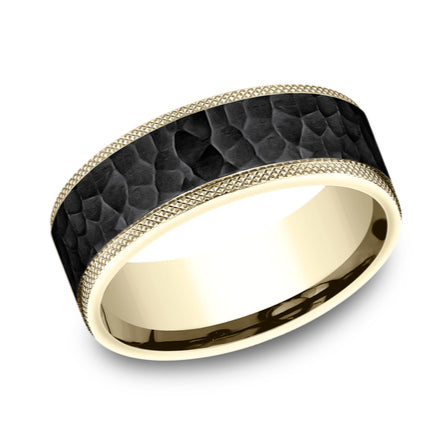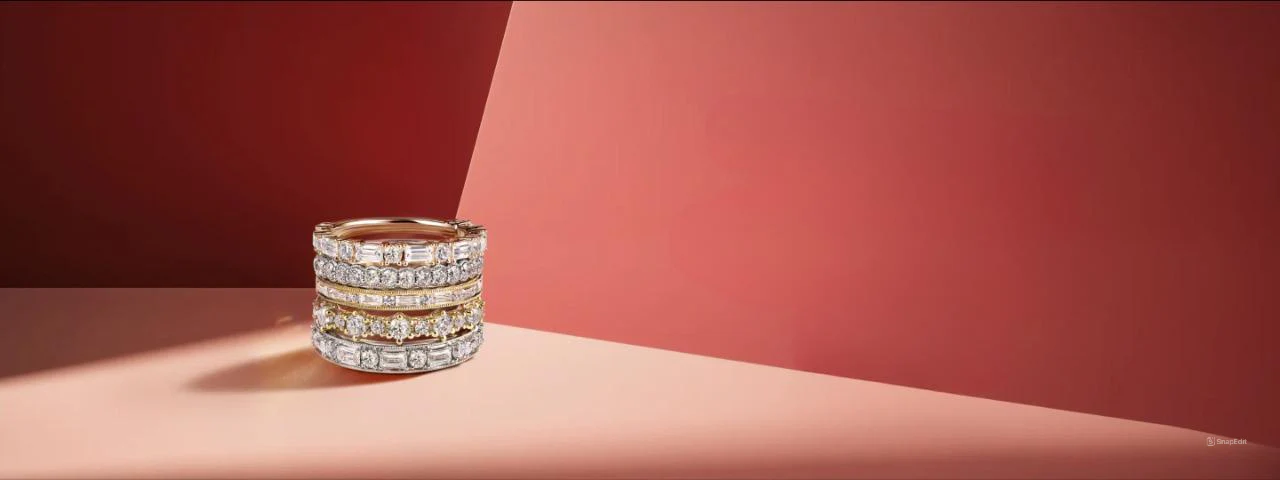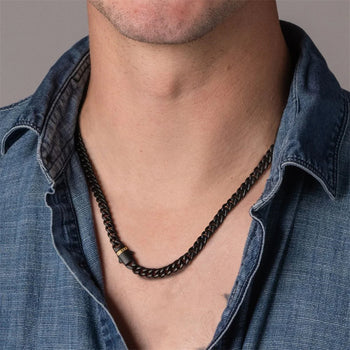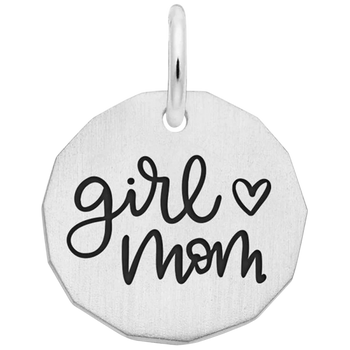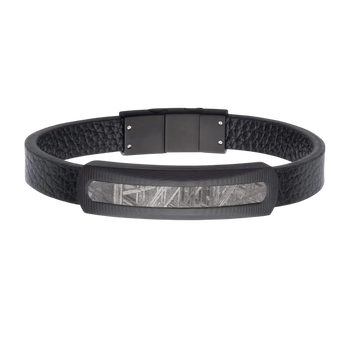
The Secret History of Birthstones
Key Takeaways:
- Birthstones are precious gems that were first used in ancient times and continue to be a popular component of modern jewelry today.
- The first mention of birthstones was in the Bible in a verse from the Book of Exodus describing a high priest’s breastplate that contained 12 stones.
- The National Association of Jewelers (NAJ) assigned each birth month an official birthstone in 1912.
Why Birthstones Still Fascinate Us
Whether you live in the city of Brea, CA, or anywhere else in the world, birthstones are a popular choice for jewelry. These colorful, sparkling stones continue to fascinate us today because of their symbolism, aesthetic beauty, fascinating history and lore, and personal connection. The secret history of birthstones dates back to ancient times, but these beautiful stones are still part of our culture today. The experts at Jeweler’s Touch have some insightful information about the ancient origins of birthstones, their evolution into modern culture, the array of birthstone jewelry styles available, and more.
The Ancient Origins of Birthstones
Birthstone origins first began when the biblical breastplate of the high priest Aaron featured 12 stones representing the 12 tribes of Israel. There are biblical references to birthstones in the Book of Exodus that describe Aaron’s breastplate. Later, these mysterious stones began to link to the 12 months of the year and zodiac signs by ancient scholars like Titus Flavius Josephus as far back as the first century (1st century AD). Turquoise is one of the oldest known birthstones used by ancient civilizations, based on evidence of the jewelry being worn as far back as 3000 BCE in ancient Egypt.
Many ancient cultures, including the Greeks, Romans, Egyptians, and Babylonians, attributed therapeutic powers to specific gemstones representing each month of the year. Some people believed in the healing properties of gemstones, notably during the Roman Empire. Initially, people wore all 12 stones, rotating them to wear a different one each month to bring them health, protection, and good fortune. The Romans believed that wearing the individual gemstone representing someone’s birth month also provided them with these properties.
Diamonds, the April birthstone, were used as an alternative cure-all for people who found it difficult to speak to their Gods telepathically. Others said rubies protected people from illness during travels abroad, while sapphires were thought to protect women during childbirth. Ancient people also declared that birthstones could predict a child’s future occupation, depending on which stone representing an astrological sign was worn around the mother’s neck.
Evolution Into Modern Culture
Scholars trace more modern gemstone traditions back centuries, when Jewish traders from Poland began to pass the custom along in the early 18th century, during the Age of Enlightenment period in Europe.
The spiritual meaning of gemstones can also be traced to Hindu traditions. The Ratna Pariksha, a 5th-century Hindu text, discusses the relationship between gemstones and celestial bodies, days of the week, and deities.
In 1912, the National Association of Jewelers (NAJ) assigned specific gemstones to different birth months in the United States. Over time, organizations like the Jewelry Industry Council of America and the American Gem Trade Association updated birthstones and their months, most notably in the years 1952, 2002, and 2016. Alexandrite for June, citrine for November, and zircon for December were assigned in 1956, and tanzanite was added as a birthstone for December in 2002. In 2016, spinel was added as an additional birthstone for August.
It’s important to note that official birthstone lists vary based on culture and country. Britain’s National Association of Goldsmiths created its own birthstone list in the 1930s. Today, the meaning of birthstones is personal and may depend on your beliefs or feelings around their connections to things like prosperity and spirituality.
Birthstones in Today’s Jewelry
A birthstone is not just a symbol that represents your birth month, but also a beautiful gemstone that makes any type and style of jewelry unique. You’ll find different birthstones in a wide array of jewelry styles, including sparkling gemstone earrings, elegant rings, colorful necklaces and pendants, and bedazzling birthstone bracelets.
Celebrate Your Story with a Birthstone
At Jewelers Touch, you’ll find a wide variety of jewelry pieces that help you celebrate your story with a birthstone. Here is a modern list of birthstones and the special meanings they hold.
- January (garnet): The name of this dazzling stone comes from the 14th-century Middle English word meaning “dark red” and from the Latin word granatum, which means “seed” to represent the rich red seeds of a pomegranate.
- February (amethyst): This beautiful purple quartz gemstone was worn by the Ancients as a form of protection from drunkenness, and today its violet color makes a bold jewelry statement.
- March (aquamarine): Evoking the tranquility of the ocean, aquamarine is derived from the Latin words aqua, meaning water, and marina, meaning the sea.
- April (diamond): Perhaps the most valuable birthstone, diamonds are the hardest naturally occurring substance on earth and can only be cut with another diamond.
- May (emerald): This deep green gemstone is a symbol of rebirth and is believed to grant the wearer youth, good fortune, and foresight.
- June (pearl and moonstone): Pearls are the only gemstones made by living creatures, while moonstones feature a shimmery look that was once believed to be influenced by the phases of the moon.
- July (ruby): The name ruby comes from the Latin word for red, rubeus, and features a lush red hue that gives it the appearance of noble royalty.
- August (peridot): The glowing green color of this gemstone comes from the composition of the mineral itself rather than from trace impurities, as is the case with many other gemstones.
- September (sapphire): Although this birthstone represents September with the color blue, sapphires come in a rainbow of other colors, too.
- October (opal): This rainbow-colored birthstone originates from the Greek word opallios, meaning “to see a change in color.”
- November (topaz and citrine): Although topaz and citrine appear to be the same yellow color, topaz also occurs in a wide spectrum of other colors, like pink, blue, red, and green.
- December (tanzanite): This blue-purple gemstone is a variety of the mineral zoisite and was only recently discovered in its only geographic origin of Tanzania.
Visit Our Showroom or Contact Jeweler’s Touch Today!
Jeweler’s Touch carries a wide variety of stunning jewelry for every birth month. No matter when you were born, you’ll find the perfect piece of jewelry to represent your unique personality. You can get an appraisal, have your jewelry cleaned, schedule an appointment to design custom jewelry, and more. To learn more about our products or to make a purchase, visit our showroom or contact us today!
Frequently Asked Questions
Why do some months have more than one birthstone?
While a standard list was designated for birthstones in 1912, some months have more than one birthstone due to changing tastes, affordability, and availability. Some gemstones are newly discovered, like tanzanite, which is now designated as a new birthstone for December.
What’s the difference between traditional and modern birthstones?
Traditional birthstones were rooted in historical and cultural customs, and were often believed to hold certain spiritual properties. Modern birthstones are representative of different birth months and are designated by the National Association of Jewelers (NAJ).
Why are there mystical, traditional, and modern birthstone lists?
Mystical birthstone lists are ancient lists connected to astrological and spiritual beliefs. Traditional birthstone lists evolved over centuries as cultural views changed, and modern birthstone lists are standardized to include birthstones that are more accessible to more people.
- Tags: All Jewelry History

